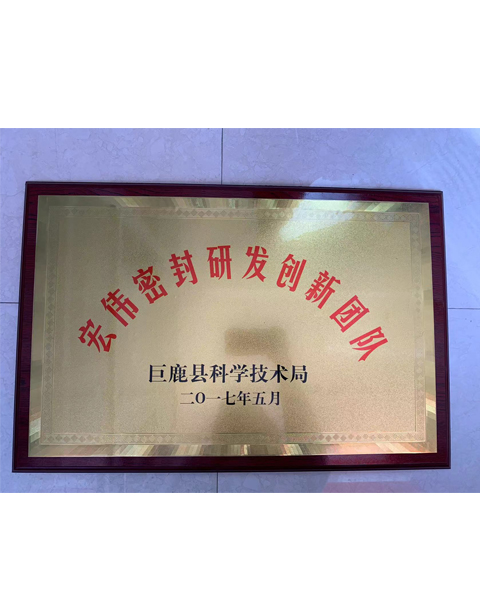High-Quality Oil Pan Gasket Materials for Enhanced Engine Performance
Understanding Oil Pan Gasket Materials
The oil pan gasket is a critical component in an engine, providing a leak-proof seal between the oil pan and the engine block. It plays a vital role in preventing oil leaks, which can lead to significant engine problems if not addressed promptly. The material used for the oil pan gasket can greatly affect its performance, durability, and resistance to environmental conditions. In this article, we will explore the common materials used for oil pan gaskets and their respective advantages.
1. Rubber and Composite Gaskets
One of the most commonly used materials for oil pan gaskets is rubber, often combined with other materials to enhance its properties. Rubber gaskets provide excellent flexibility and resilience, making them a popular choice for many vehicles. Composite gaskets, which may include fibers and fillers within a rubber matrix, can offer enhanced durability and improved sealing capabilities. These gaskets are typically resistant to high temperatures and chemicals, making them suitable for most engine environments.
2. Cork Gaskets
Cork has been a traditional material for oil pan gaskets due to its good compressibility and ability to create a tight seal. Cork gaskets are often treated with a sealant to improve their resistance to oil and temperature variations. While cork gaskets can provide a good seal, they may not be as durable as rubber or composite options, especially in high-performance applications. Nonetheless, they are still used in many older vehicles and classic cars where originality matters.
oil pan gasket material

While less common in modern applications, paper gaskets can still be found in some oil pans. These gaskets are inexpensive and easy to work with, but they are generally less resistant to oil and heat compared to rubber and composite gaskets. For this reason, paper gaskets are typically used in applications where the engine temperatures and pressures are more moderate.
4. Metal Gaskets
In high-performance automotive applications, metal gaskets are sometimes used for oil pans. These are usually made of aluminum or steel and provide exceptional durability and strength. Metal gaskets are less compressible than rubber or cork, which can lead to challenges in achieving a proper seal if not installed correctly. However, they excel in environments with high pressures and temperatures, making them ideal for racing or heavy-duty applications.
Conclusion
Selecting the right oil pan gasket material is essential for ensuring engine longevity and performance. Each type of gasket material has its unique properties, making it suitable for different applications. Whether you opt for rubber, cork, paper, or metal, understanding the strengths and weaknesses of each material will help mechanics and car enthusiasts make informed decisions that best suit their automotive needs. Regular inspection and maintenance of oil pan gaskets can prevent oil leaks and keep engines running smoothly.
-
Simplifying Oil Changes: A Comprehensive Guide to Oil Drain Plugs and Their Variants
News Aug.04,2025
-
Mastering Oil Drain Maintenance: Solutions for Stripped, Worn, and Upgraded Oil Plugs
News Aug.04,2025
-
Fixing Oil Pan Plug Issues: Leaks, Stripped Nuts, and the Right Replacement Solutions
News Aug.04,2025
-
Everything You Need to Know About Oil Drain Plugs: Sizes, Fixes, and Upgrades
News Aug.04,2025
-
Choosing the Right Oil Drain Plug: A Guide to Sizes, Materials, and Drain Innovations
News Aug.04,2025
-
A Complete Guide to Automotive Drain Plugs: Types, Problems, and Innovative Solutions
News Aug.04,2025
-
The Ultimate Guide to Car Repair Kits: Tools and Essentials Every Driver Should Own
News Aug.01,2025
Products categories















